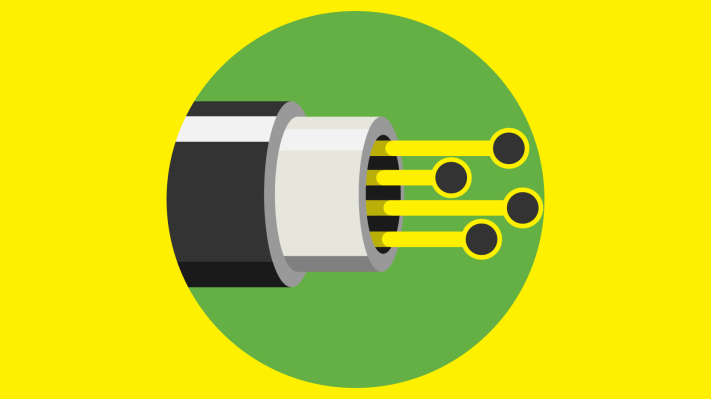The popularity of online gaming and e-sports has taken off like a rocket in 2015, but the production houses that are stoking the industry’s engines could become victims of their own success.
From the introduction of in-game merchandise to new expansions in the storyline and gameplay of the most popular online game titles, things are hectic, and the gaming industry is looking at a paradigm shift.
Behind the scenes, though, there’s another major issue that’s hamstrung some of the largest companies (like Blizzard, Riot, Valve and Wargaming, etc.): a lag in game connection and server performance brought about by resource constraints on overtaxed hardware.
“The awesome thing about online gaming and E-sports is that you can compete virtually anytime anywhere. The only limit is the speed of your internet connection. A couple of thousand miles’ distance and bad internet connections significantly lower the user experience and your possibility to play on an equal playing field,” says Ralf Reichert, managing director of Electronic Sports League (ESL). “That means the best possible internet connection is critical even for casual gamers and the ISP’s fast delivery of gaming traffic. This is the case in some markets; others struggle significantly and therefore hold back the development of online gaming.”
Everyone wants a smooth game connection, but with the latest changes and new patches, games are putting more demands on players’ hardware.
“A solid backbone is required to truly compete at the top levels,” says Jason Atkins, a League of Legends e-caster and current employee of Gfinity.
“Countries like Sweden which have had fiber infrastructure in place for the longest time have a head start over the rest of the developing world which has seemingly lagged behind in improving the existing networks,“ Atkins says.
Looking at what’s ahead for the industry, some companies, like Riot, have built their own backbone of servers and infrastructure. Atkins expects others in the industry to follow suit.
Ping and Lag Disrupt Gaming
Games like Diablo and World of Warcraft (Blizzard), League of Legends (Riot), Dota 2 and Counter Strike: Global Offensive (Valve) have received massive numbers of complaints on many official communities, forums and discussion boards. We did some research to figure out the causes of this issue and found that each game and production house had a different reason to associate with the same issue of high ping and lag.
The already hobbling Blizzard, which has been crippled by declining subscriptions for World of Warcraft, has suffered from complaints regarding high ping, disconnections and the incident of DDoS attacks on the launch of Warlords of Draenor (a new expansion of WoW).
Blizzard has since been trying to cope and stabilize server performance and ping rates for its subscribers, but the efforts haven’t shown any major positive results as yet. Blizzard organized an event called PTR Server Slam for Diablo 3 and asked players to help overpopulate the servers to assess server performance and resolve high ping and lag issues.
Riot’s League of Legends has also been bombarded by a large number of negative reviews and faced the worst of the ping issue globally. The ping rate took such a toll that Riot had to come up with a server optimization plan, which was shared on the website for the players. According to the NA Server Move FAQ, Riot will be moving its game servers to different locations.
The problem was so serious for Riot that they had to collaborate with various ISPs in the region to control the high ping problem. As per the NA Server Roadmap, Riot has partnered with multiple ISPs and has requested its users to ask their ISPs to partner with Riot, as well as documenting issues in the Log Gathering Forms.
During the qualifiers of The International 2015, two of the professional Dota 2 teams from Korea, MVP Hot6ix and MVP Phoenix, had to make an expensive trip to Singapore to reduce their high ping and lag during their matches. Even the very first match on the second day of the tournament was brought to a halt by a DDoS attack. The game was delayed for three hours due to sudden lag, which shows that even Valve’s official tournament didn’t fare well.
Production Houses Face Resource Constraints From Overpopulation
Each production house is desperately trying to come up with a reliable and long-term solution. Blizzard and Valve are trying to optimize their servers, whereas Riot is partnering with the ISPs to address the issue, along with optimizing their servers.
As the top firms of the gaming industry are expanding their horizons and striving to enhance their user experience, we believe that the time is not far off when we might see either a partnership or a separate entity introduced by these organizations within the ISP industry.
Riot is aggressively working alongside different ISPs in the U.S. and Canada. In order to survive — let alone compete in this aggressive industry — other organizations like Valve and Blizzard must come up with a similar sort of strategic plan.
